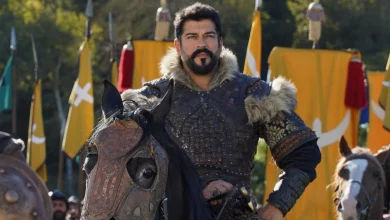Fearless women warriors of Anatolia: Who were Amazons?
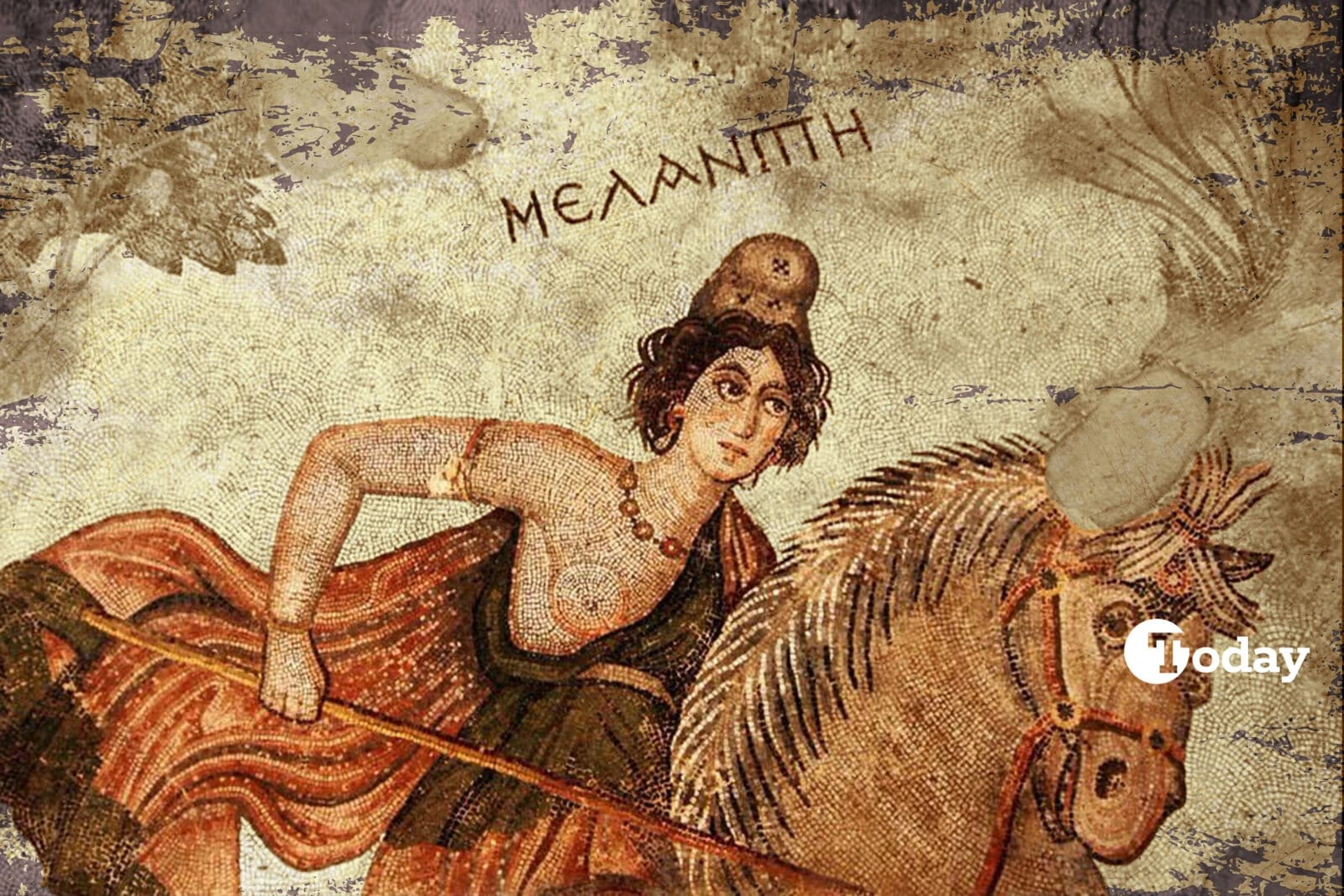
The Amazons, a legendary tribe of women warriors from Greek mythology, have long fascinated historians and the general public alike.
These women, known for their exceptional combat skills and matriarchal society, were said to have lived in Anatolia and surrounding regions.
But were they merely a myth, or were they real? The complex history of these enigmatic figures appears to emerge through literature, historical accounts, and archaeological findings.

Mythological origins of Amazon women warriors
The Amazons were first introduced to the world through Greek mythology, where they were depicted as a society of women warriors, often described as equals to men.
- According to legend, they were daughters of Ares, the god of war, and the nymph Harmonia.
- Their society, ruled by queens like Hippolyta, Antiope, and Penthesilea, was matriarchal and fiercely independent.
- The Amazons were renowned for their military prowess, often clashing with iconic Greek heroes such as Heracles, Theseus, and Achilles.
- Their supposed homeland, Themiscyra, was located near the Thermodon River on the southern coast of the Black Sea in what is now modern-day Türkiye.
This association with Anatolia and the Eurasian steppes forms a significant part of the Amazon women warriors’ mythological identity.
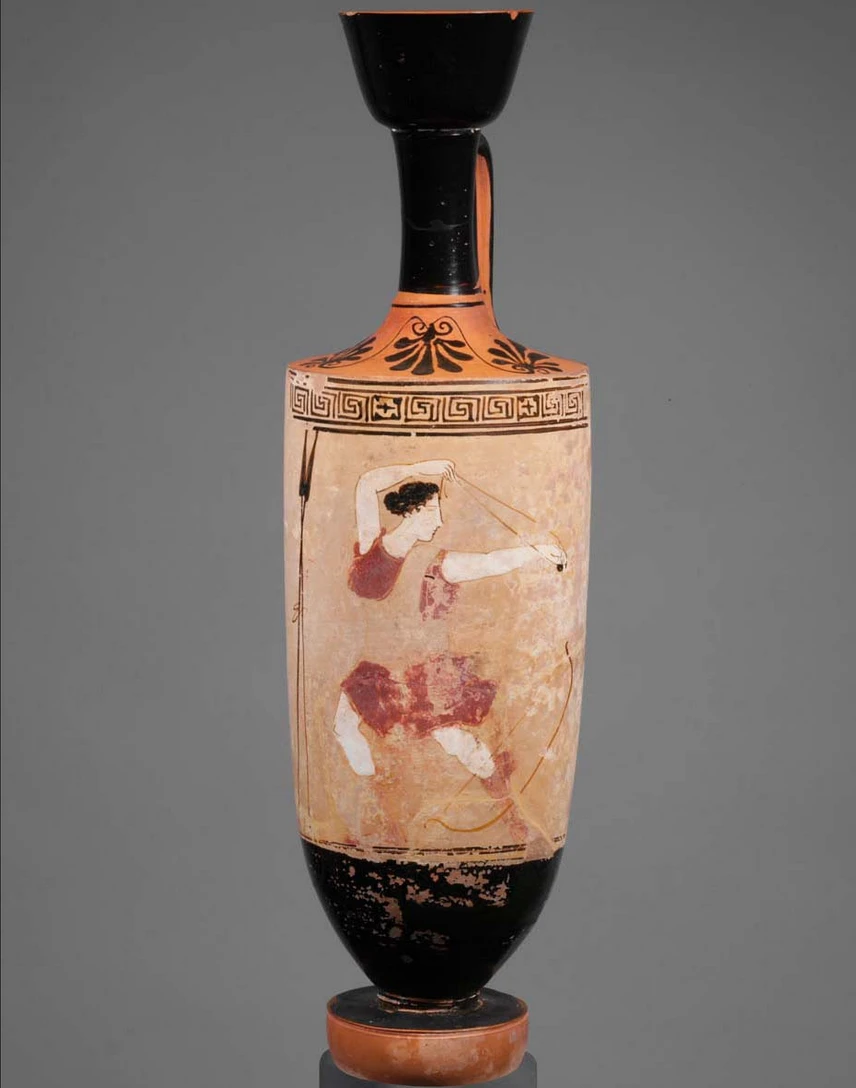
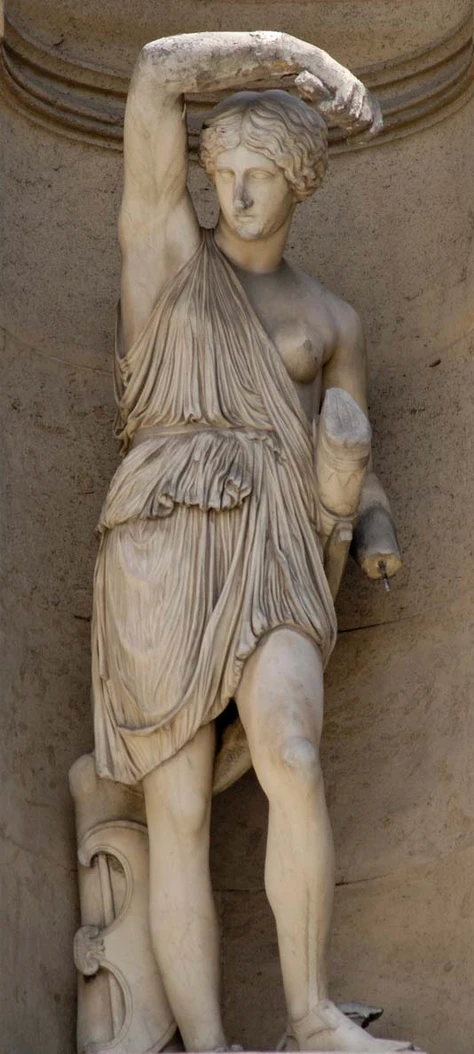
Etymology, cultural symbolism surrounding mysterious warrior women
The term “Amazon” has been subject to various interpretations. Ancient Greek etymologies suggested it derived from “amazos,” meaning “breastless,” based on the myth that they removed one breast to improve their archery skills.
However, this explanation has been widely discredited. Other interpretations connect the name to Persian or Scythian origins, such as the term “Hamazon,” meaning “warrior.”
The Amazons symbolized an alternate social structure, challenging the patriarchal norms of Greek society. Through myths, they embodied the “other,” a representation of exoticism and defiance of traditional gender roles.
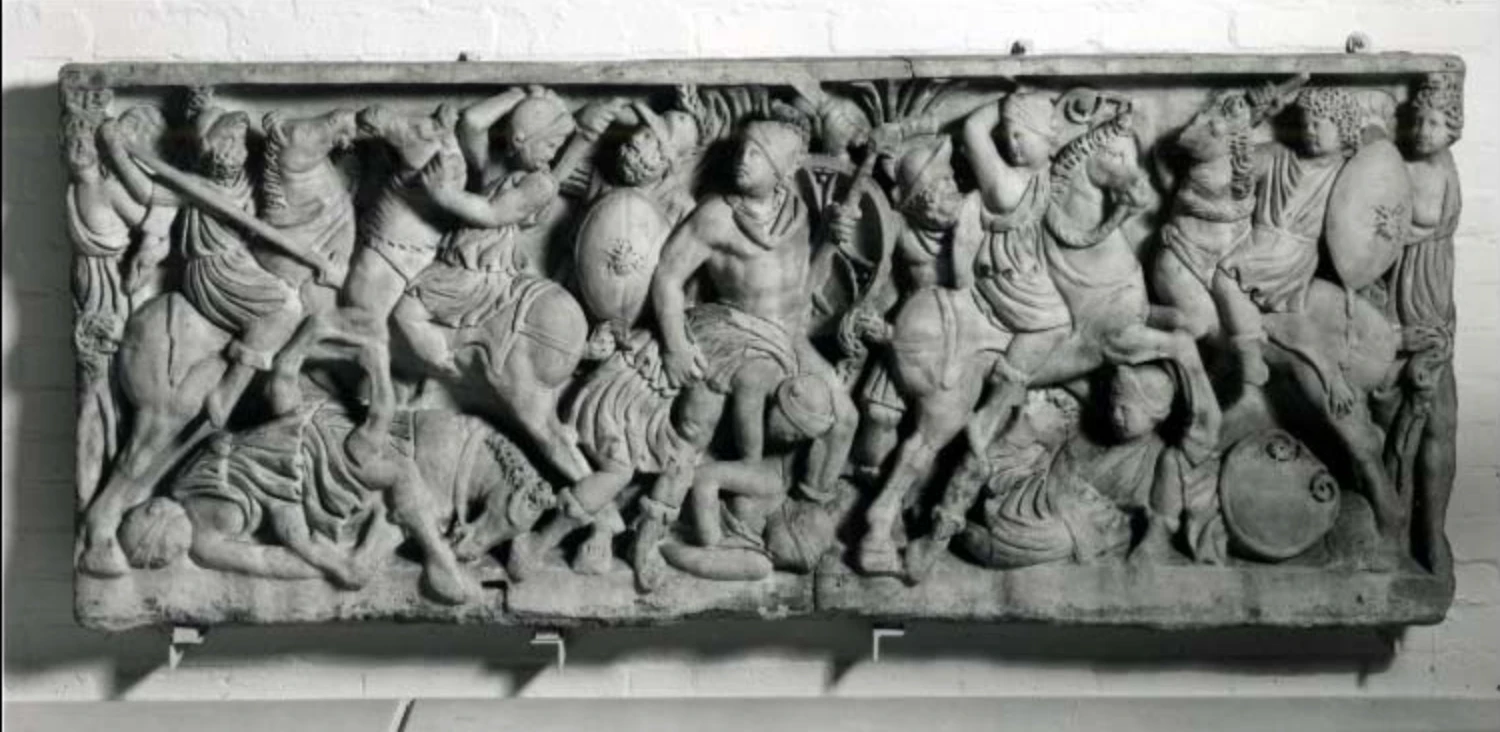
Greek paradox: Defeated yet celebrated
In Greek mythology, Amazon women warriors were often depicted as formidable adversaries, yet they were invariably defeated by male heroes.
- Heracles’ 9th labor involved stealing the girdle of Queen Hippolyta
- Theseus abducted Antiope, leading to the legendary Amazonomachy—a war between the Amazons and Athenians
- Similarly, during the Trojan War, Penthesilea, the Amazon queen, joined the Trojan side but was slain by Achilles
These narratives, though fictional, reflected societal anxieties about women’s power. By portraying Amazon women warriors as valiant yet ultimately subdued, Greek myths reinforced patriarchal ideals while acknowledging female strength.
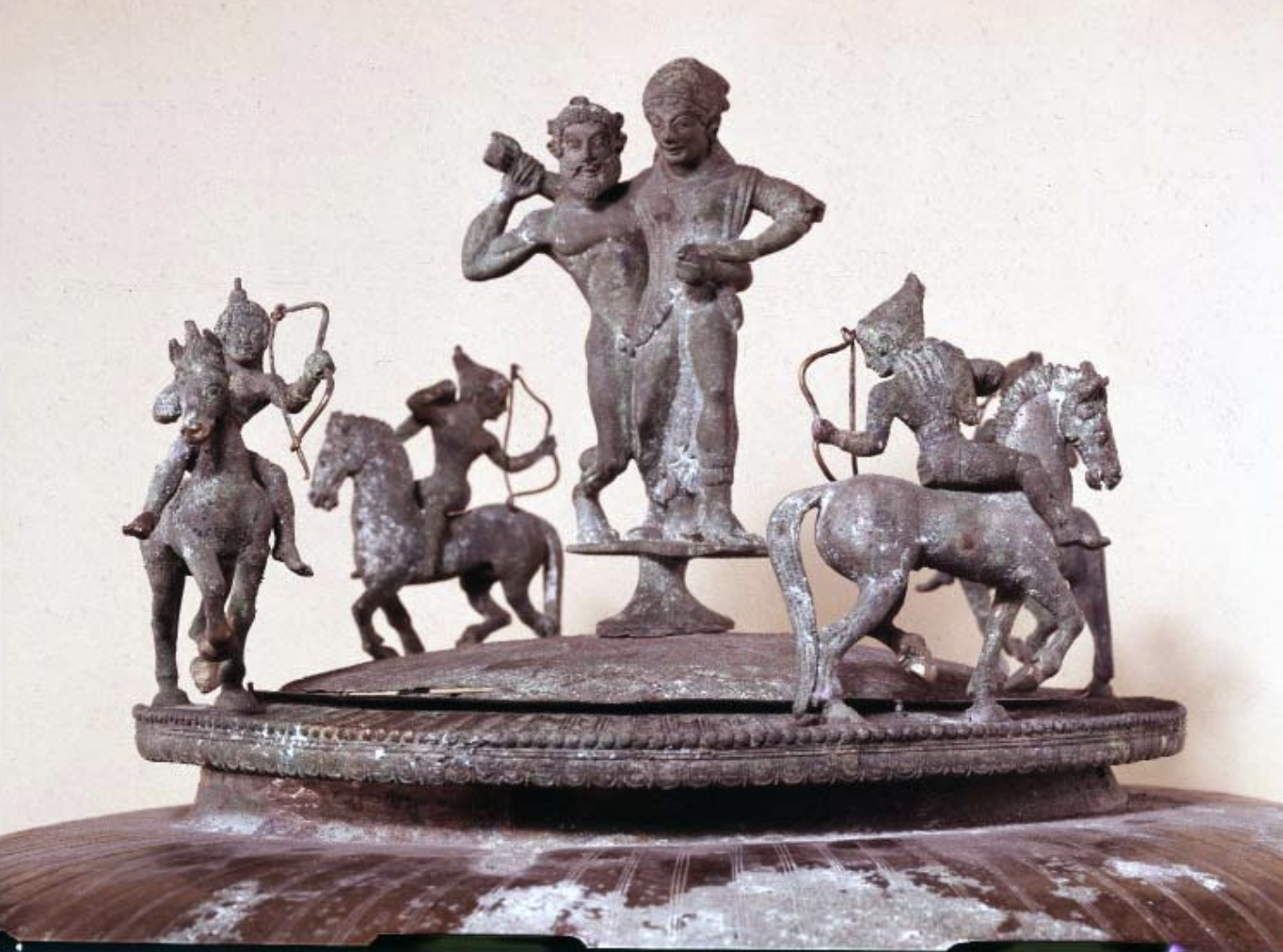
Historical counterparts: Warrior women of the steppes
For centuries, historians dismissed the Amazons as pure fiction. However, archaeological discoveries since the 1990s have shed new light on the possible historical basis of these myths.
Excavations in Scythian burial sites across Ukraine, Russia, and Kazakhstan have revealed the remains of women buried with weapons, horses, and signs of combat injuries.
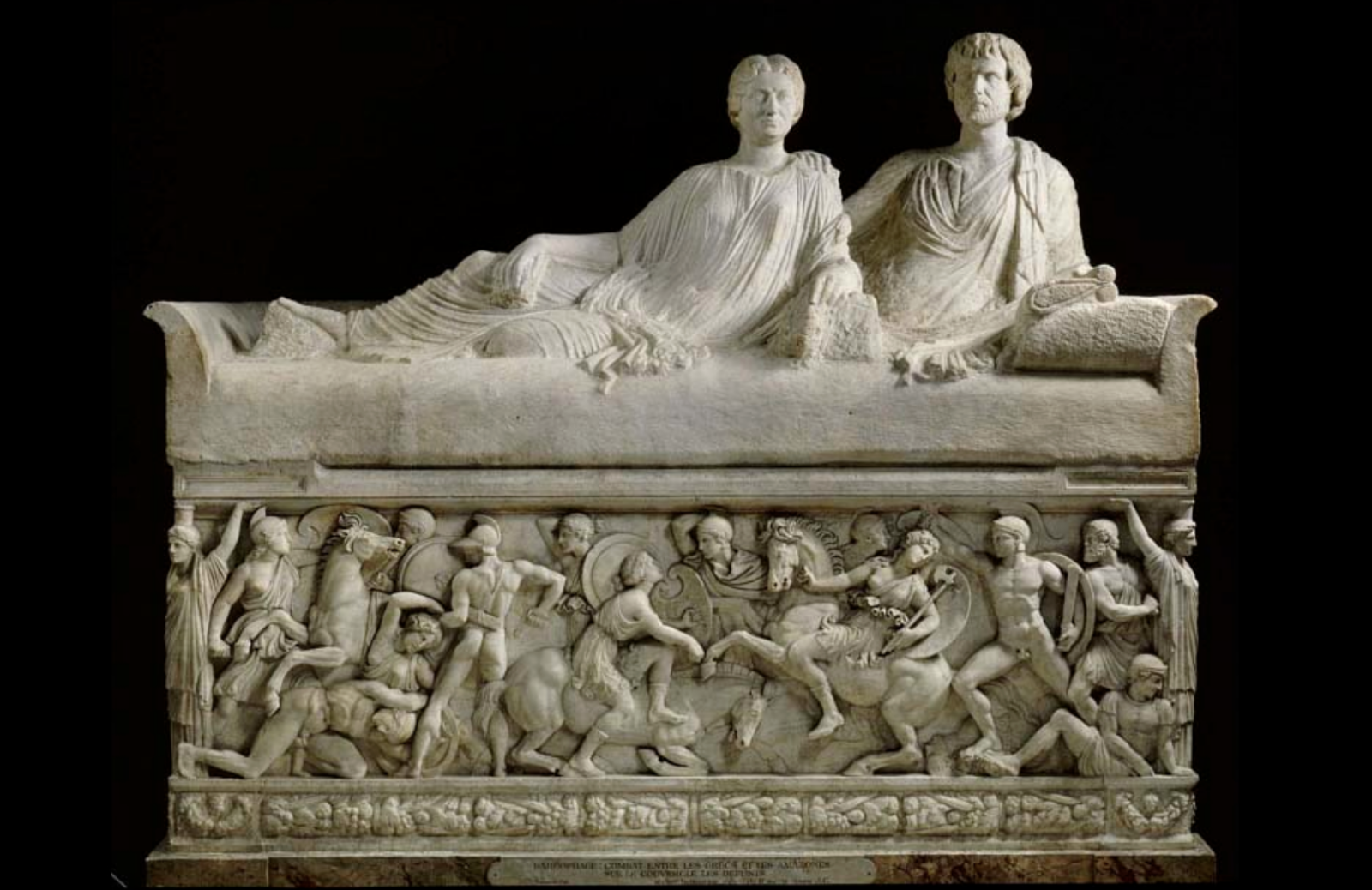
These findings suggest that the Amazon women warriors may have been inspired by real-life warrior women from the nomadic tribes of the Eurasian steppes.
- More than 300 Scythian graves unearthed contain women buried with weapons.
- Injuries found in female skeletons indicate they participated in combat.
- These women engaged in hunting, horseback riding, and warfare, much like the Amazons of mythology.
Adrienne Mayor, a scholar at Stanford University, explains that these women, part of the Scythian culture, lived as equals to men, engaging in activities that mirrored the Amazonian legends.
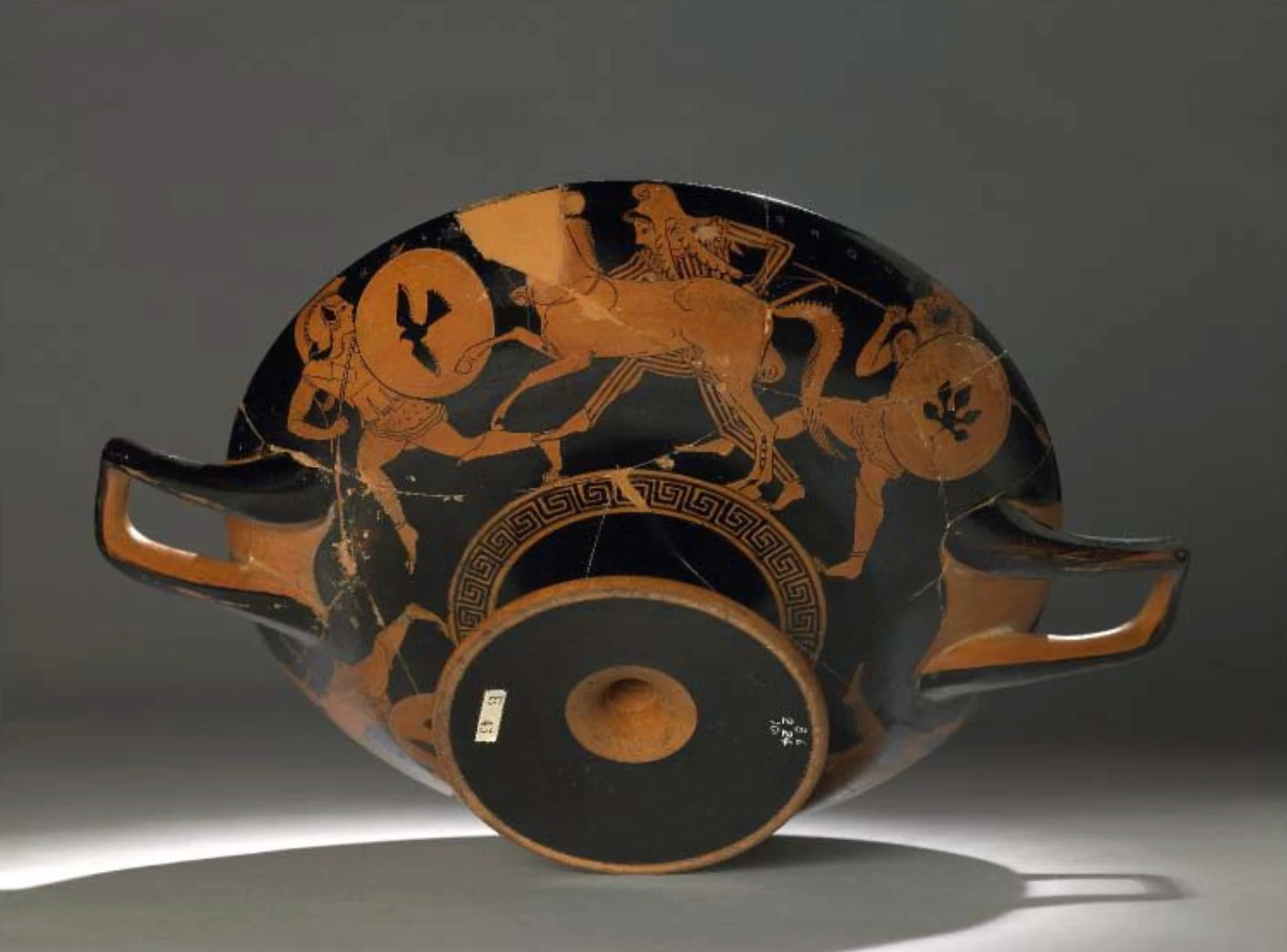
Amazon women warriors connections to Anatolia
In addition to Scythian origins, the Amazons were linked to Anatolia through myths and historical accounts.
Ancient writers like Herodotus described them as migrating from the Black Sea region to Scythia, while others associated them with the founding of cities such as Ephesus, Smyrna, and Cyme.
Archaeological evidence also supports the idea of women warriors in these regions, including Bronze Age graves in Azerbaijan and depictions of armed women in Anatolian art.
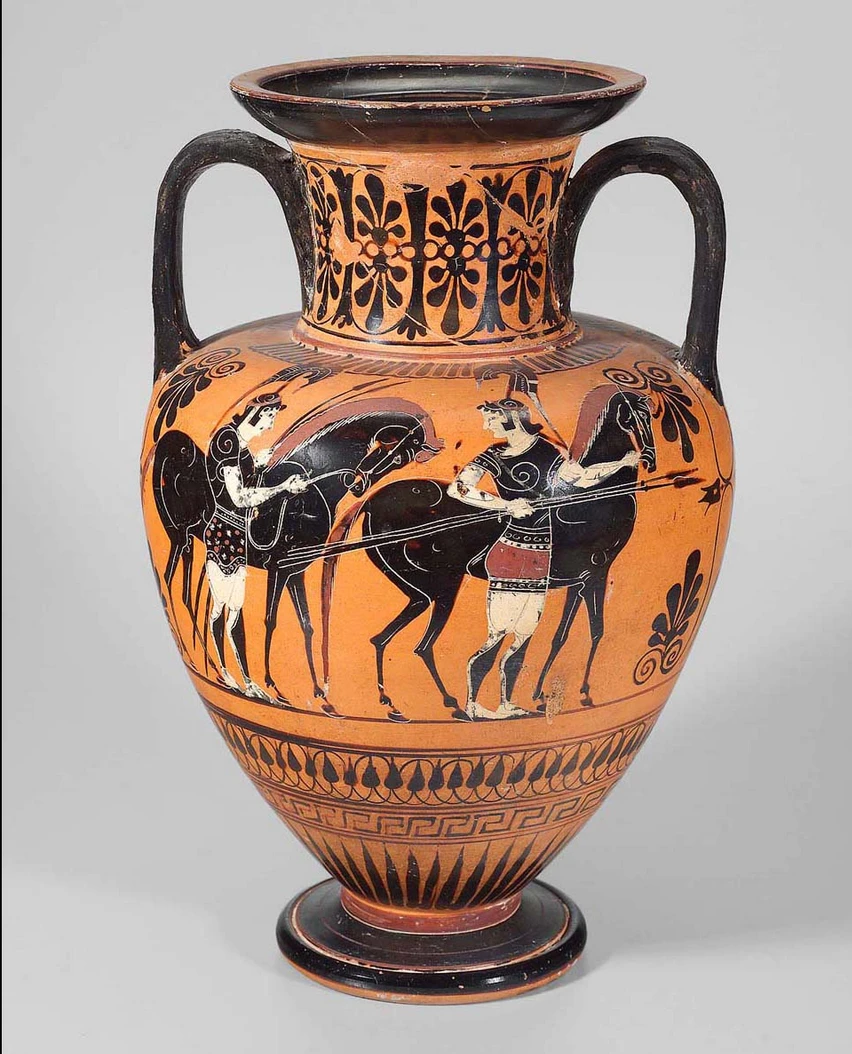
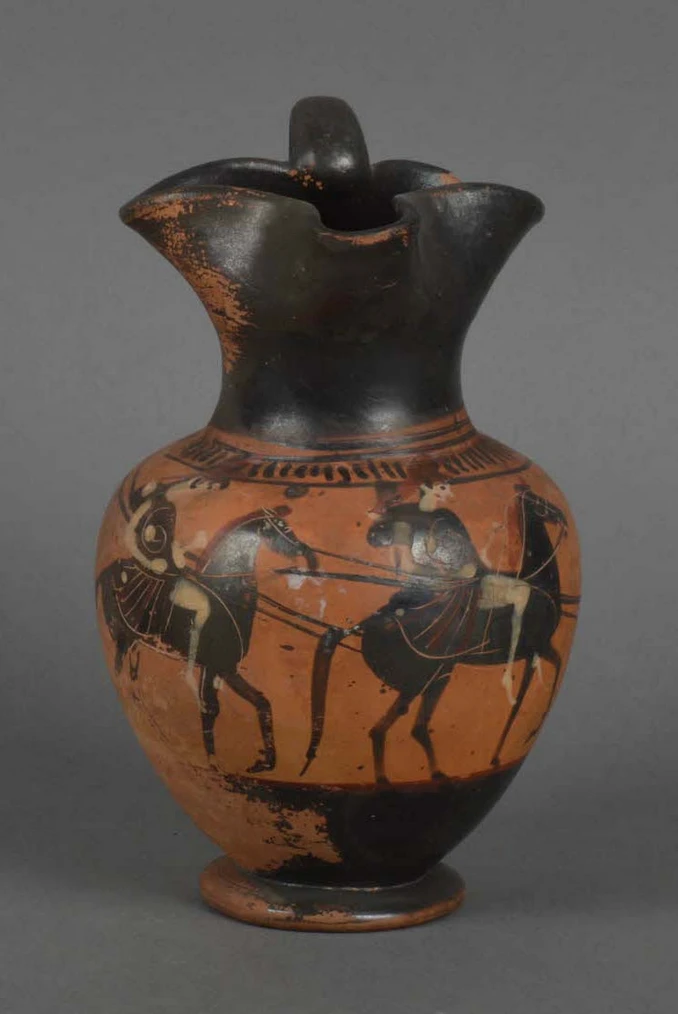
What Amazon women warriors let behind in Anatolia:
- Temple of Artemis in Ephesus: One of the Seven Wonders of the Ancient World, this temple was closely tied to Amazon myths. Artemis, a goddess of the hunt and the moon, shared symbolic traits with the Amazons, further intertwining their stories with Anatolian culture.
- City foundations: The Amazons were credited with founding several cities in Anatolia, symbolizing their role as both women warriors and builders
- Artistic depictions: Ancient Anatolian artifacts depict armed women, aligning with Amazonian imagery.
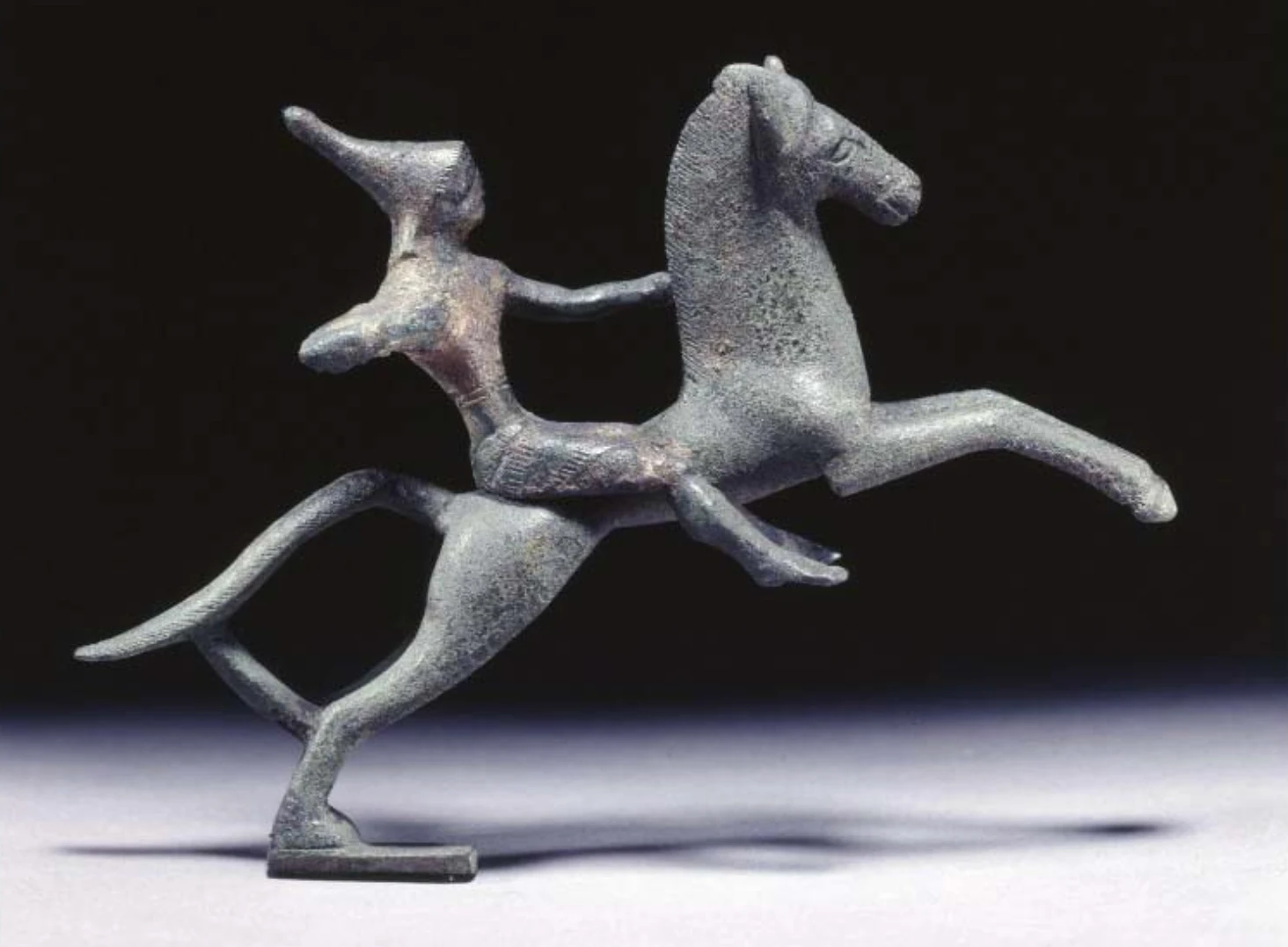
The Amazon women warriors in Greek art and literature
Greek art and literature provide some of the most enduring depictions of Amazons. Painted vases and sculptures often show these women warriors in the midst of battle, dressed in Eastern-inspired attire and wielding bows, spears, and shields.
These artistic works not only highlight their strength and bravery but also their cultural significance in ancient Greek imagination.
In literature, the Amazonomachy, or the battle between Greeks and Amazons, became a recurring theme in epic poetry and drama.
- These narratives often juxtaposed the Amazons’ independence with their eventual defeat, mirroring societal dynamics between Greek civilization and perceived outsiders
- Through these stories, the Amazons were immortalized as fierce combatants who defied traditional gender roles
The legacy of the Amazons also extended to local traditions in Anatolia and beyond. Festivals honoring Artemis in Ephesus, for instance, incorporated rituals that may have been inspired by the Amazonian myths.
Similarly, the Scythian women warriors left a mark on regional folklore, with stories of armed women passing down through generations. These traditions emphasize the enduring cultural resonance of the Amazonian archetype.
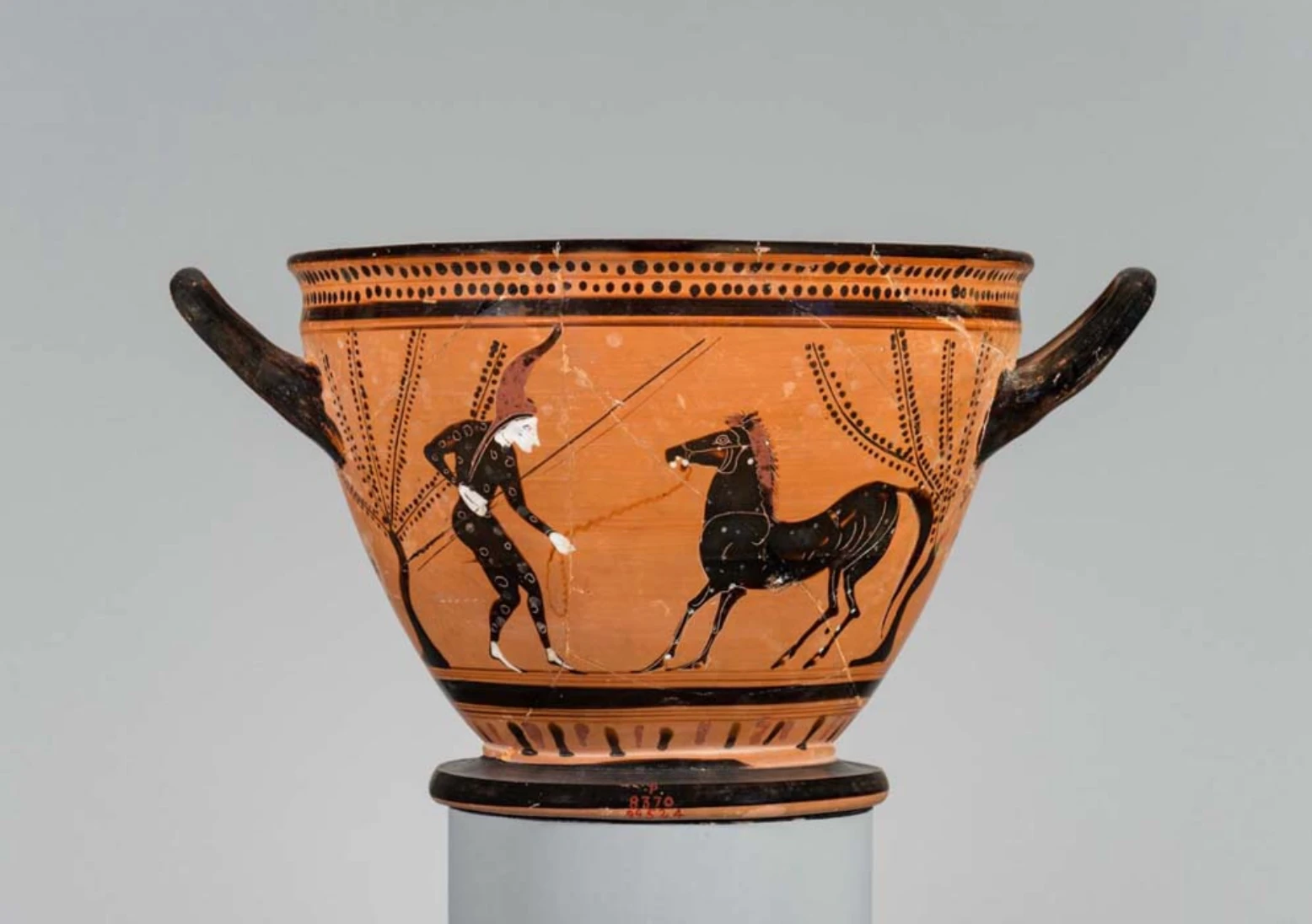
Archaeological findings about Amazon women warriors
Recent archaeological studies have deepened our understanding of women warriors and their connections to Amazonian myths. For example:
- Excavations in the Altai Mountains uncovered the Ice Maiden, a Scythian woman buried with intricate tattoos, weapons, and horses, indicating her high status and warrior identity.
- Findings in the Kuban region of Russia revealed female skeletons equipped with bows, quivers, and daggers, suggesting that these women actively participated in warfare.
- In Türkiye, depictions of armed women on pottery and in burial contexts hint at a regional tradition of female fighters, possibly linked to the Amazon legends.
These discoveries provide tangible evidence that the concept of women warriors was not just a myth but a historical reality in many ancient societies.
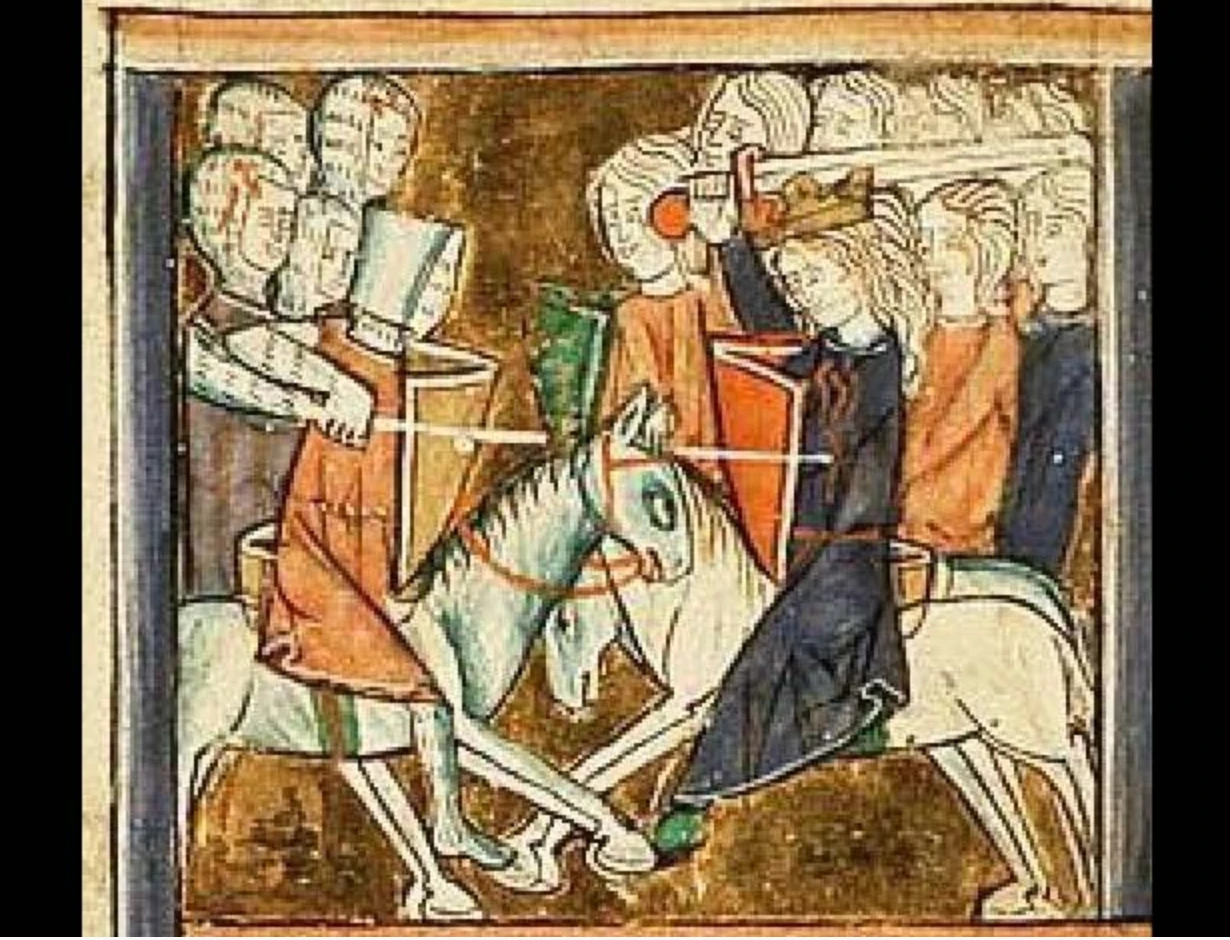
Modern interpretations of Amazon women
The Amazons’ stories have evolved over centuries, influencing modern perceptions of female empowerment and strength. They appear in various forms of media, from literature and art to films and popular culture. Notable examples include:
- Literature: Modern writers like Adrienne Mayor have reexamined Amazon myths in light of historical and archaeological evidence, offering new perspectives on their significance.
- Film and TV: Characters inspired by the Amazons, such as Wonder Woman, continue to captivate audiences, showcasing the enduring appeal of women warriors as symbols of courage and independence.
- Art and theater: Contemporary artists and playwrights draw upon Amazonian imagery to explore themes of gender equality and resilience.
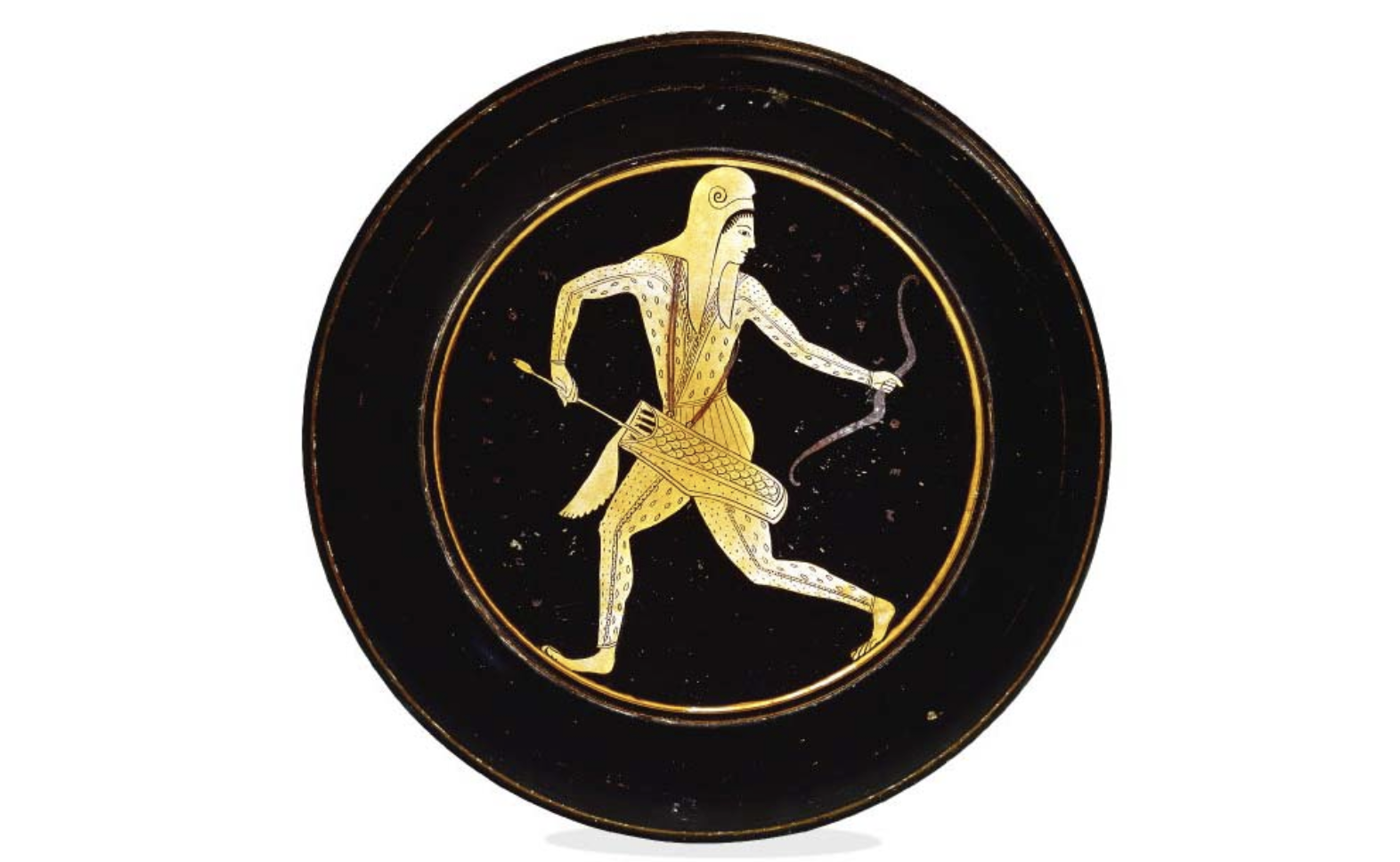
Why does Amazon women warriors’ history matter?
By preserving and celebrating the stories of the Amazons, we both honor their legacy and the countless women warriors whose histories have been overlooked or forgotten.
The Amazons have come to symbolize resilience, strength and defiance—qualities that continue to inspire and resonate across cultures and eras. Their story is a powerful example of how myth shapes our understanding of gender, history and identity.



